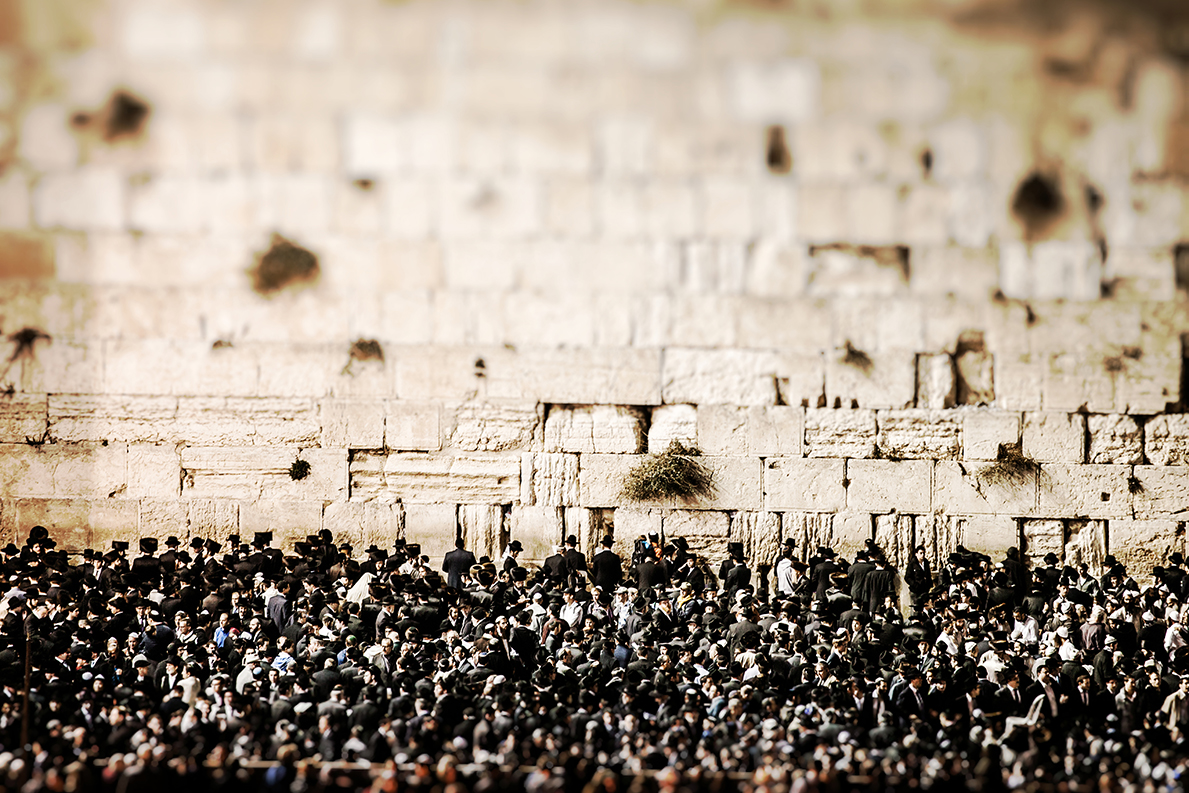
We read a lot of poetry at school, but among my favourites were the vivid narratives in Geoffrey Chaucer’s The Canterbury Tales.
There was something fascinating about the characters en route to Canterbury that Chaucer portrayed—pilgrims on their way to visit the shrine of Archbishop Thomas Becket. These included such memorable individuals as the much-married Wife of Bath and the “verray, parfit gentil” Knight. But—no doubt somewhat prejudiced by a sense that I was being called to be a minister—my favourite pilgrim was the poor Parson, who preached the message of Christ but first followed it himself.
But Chaucer was by no means the first author to use a journey as the motif for introducing his readers to a variety of interesting people. He had long been preceded by Luke, the beloved physician and author of the New Testament’s third Gospel. From chapter 9 verse 51 onwards, Luke records all the events in Jesus’ life in the form of a journey to Jerusalem. This travelogue eventually brings us to Calvary and to the empty tomb.
The narrative begins against the background of a major turning point in the ministry of Jesus. Simon Peter has just confessed that Jesus is the Messiah (9:18-20). In response Jesus explains that he is going to suffer and be rejected and yet rise again (9:21-22).1 A week later he is gloriously transfigured in the presence of three of his disciples: Peter, James and John (9:28-36). Again, he tells them about his impending suffering (9:43-45). From virtually that point on, until he enters Jerusalem with the shouts of the people ringing in his ears, everything we learn about Jesus takes place on a journey whose destination is Calvary.
In his travelogue, Luke describes Jesus’ encounters with a wide variety of individuals and groups of people. Each of them is described within the scope of only a few verses; but all of them come alive to us through Luke’s pen.
In a series of reflections for Lent in my new book To Seek and To Save, we will listen in on most of these conversations.
Each encounter will build up a picture of the journey’s real purpose; for, as he tells one man he meets along the way, Jesus is “the Son of Man [who] came to seek and to save the lost” (19:10). We will see Jesus “seeking” out people as he reveals their hearts, perceives their needs and tests their motives. We will see him throwing wide the offer of salvation to those he meets—Jew and Gentile, rich and poor, men and women, all similarly lost. And finally, at the journey’s end, we will see him secure that salvation once and for all, at the cost of his life.
But Jesus also issues a challenge to anyone who would follow him along the road to Jerusalem. At the great turning point he says:
If anyone would come after me, let him deny himself and take up his cross daily and follow me. For whoever would save his life will lose it, but whoever loses his life for my sake will save it. For what does it profit a man if he gains the whole world and loses or forfeits himself? (9:23-25)
The key issues for all of those who encounter Jesus in Luke’s Gospel are these: Do they know why he is on the road in the first place? And, will they follow him as his disciple? This Lent, Jesus asks those same questions of us.
Journey with Jesus on the road to Jerusalem with these reflections for Lent by Sinclair Ferguson. As you walk through the second half of Luke’s Gospel in To Seek and To Save, you'll meet the people Jesus encountered on the way to the cross—and prepare your heart to appreciate his death and resurrection afresh.